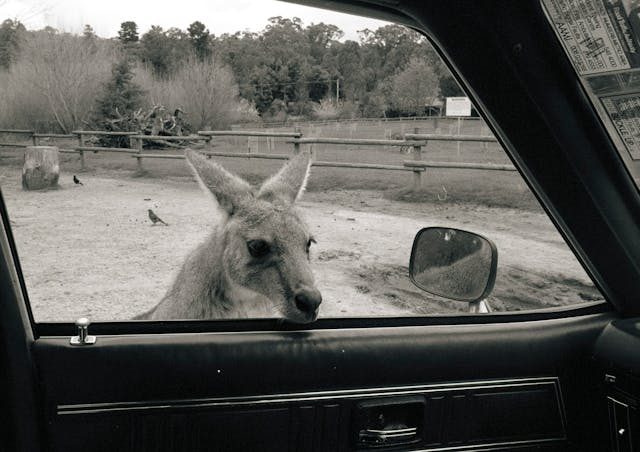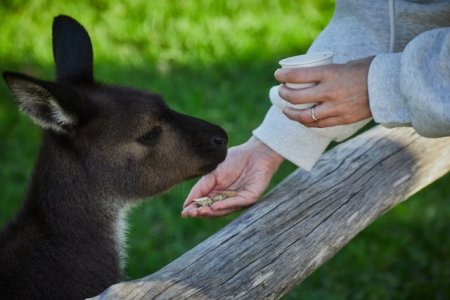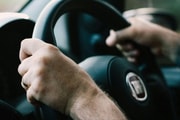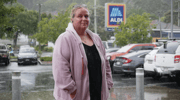
When a small New South Wales community woke to discover their precious road safety equipment had vanished overnight, it wasn't just the financial loss that hurt the most—it was the crushing realisation that months of volunteer work and community spirit had been callously undone in a single night.
The theft occurred in Richmond, a picturesque corner of the New South Wales Hawkesbury region, where a group of dedicated locals woke to discover that their hard-won safety initiative had been stolen—literally. The community has lost over $2,100 worth of equipment, and the sense of safety and progress has been shattered.
A community-driven safety initiative destroyed
Community-funded devices helped protect drivers and kangaroos on the road. These weren't just any road safety measures—they represented months of planning, fundraising, and volunteer labour by locals determined to make their notorious stretch of road safer for everyone who used it.
Anne from the Hawkesbury Environment Network, who spearheaded the initiative, expressed the devastating impact on community morale. 'What makes it even sadder is that people gave up their time and money so we could do this,' she said.
The ripple effects of this theft extend far beyond the immediate financial loss. Anne, who hoped to expand the trial, now worries that any new posts will be stolen again. This hesitation represents a tragic victory for criminals over community spirit.
Why this matters: Australia's hidden road safety crisis
While this theft might seem like an isolated incident of regional vandalism, it actually highlights a much larger problem facing Australian communities. Around 1,200 people are killed each year on Australia's roads and about 40,000 are seriously injured.
For those of us who regularly drive on country roads—whether visiting family, travelling for holidays, or simply living in regional areas—the statistics are sobering. Nearly 90 per cent of animal collisions in eastern Australia involve kangaroos. These aren't just numbers; they represent real families torn apart and communities traumatised.
Wildlife collision facts for Australian drivers
Nearly 90% of animal collisions in eastern Australia involve kangaroos
Country roads account for two-thirds of Australia's road toll despite serving only one-third of the population
Kangaroos are often mortally wounded in collisions, with joeys left orphaned
Immeasurable economic and emotional cost to communities
The volunteers fighting back
Despite the setback, the Richmond community isn't giving up. Anne and the Hawkesbury Environment Network are urging anyone with information about the theft to come forward. Their determination in the face of this senseless act shows the kind of Australian spirit that makes regional communities so special.
The volunteers who originally installed these devices didn't do it for recognition or reward. They did it because they care about their neighbours, about the wildlife that shares their home, and about making their roads safer for everyone. The emotional toll on those involved in accidents and the volunteers who work tirelessly to protect wildlife is immeasurable.

What you can do to help
This story isn't just about Richmond—it's about all of us who use Australian roads and care about community safety.
How to protect community road safety initiatives
Report suspicious activity around road safety equipment to local police immediately
Support local road safety initiatives through donations or volunteering
Contact your local council about installing additional wildlife crossing signs
Share information about road safety fundraising efforts in your community
Drive cautiously on country roads, especially at dawn and dusk when kangaroos are most active
Every safety device that gets stolen doesn't just represent a financial loss; it represents a step backwards in making our journeys safer.
Looking forward: rebuilding stronger
While the theft in Richmond represents a heartbreaking setback, it also highlights something wonderful about Australian communities—the willingness of ordinary people to step up and make a difference. The fact that volunteers spent their own time and money on road safety equipment shows a level of community spirit that thieves can damage but never truly destroy.
What can the community do to replace the stolen equipment and prevent more accidents? The answer lies not just in replacing what was taken, but in building back better—with more security, more community support, and more determination than ever.
Have you witnessed suspicious activity around road safety equipment in your area? Does your community have a road safety success story to share? We'd love to hear about your experiences and ideas for keeping our regional roads safer in the comments below.







